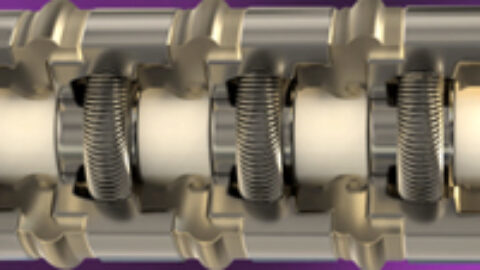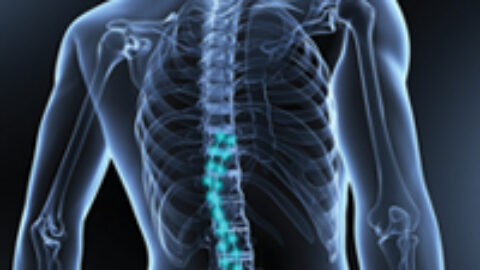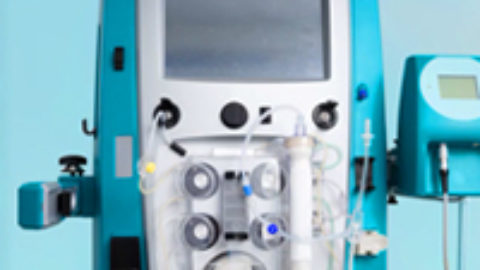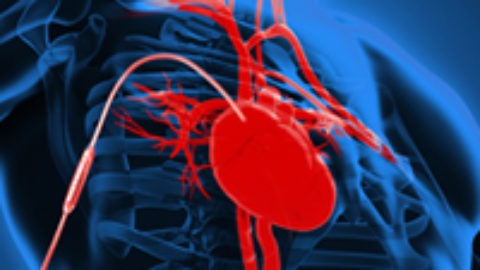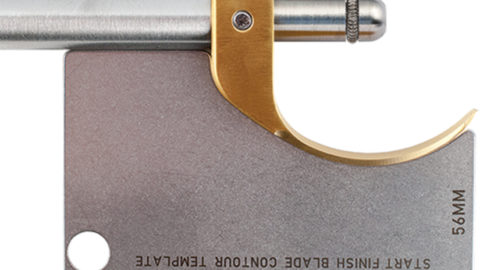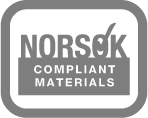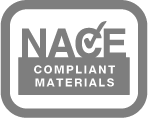Overcoming Engineering Challenges with Innovative Implantable Connector Systems
Neuromodulation, a cutting-edge field in medical science, involves the use of implantable devices to modulate the nervous system’s activity. From treating chronic pain to managing neurological disorders, these devices hold immense promise. However, the engineers and designers behind neuromodulation face significant challenges in developing devices that are not only effective but also safe and reliable. This blog post explores the engineering hurdles in creating neuromodulation devices and introduces a solution—turnkey implantable connector systems, exemplified by Bal Seal Engineering’s SYGNUS®.
Challenges in Neuromodulation Device Engineering:
Biocompatibility:
One of the foremost challenges is ensuring the biocompatibility of materials used in neuromodulation devices. These devices must interact seamlessly with the human body without triggering immune responses or causing tissue damage.
Durability and Longevity:
Implantable devices need to withstand the harsh conditions within the body while maintaining functionality over an extended period. The challenges lie in selecting materials and designing components that can resist corrosion, wear, and fatigue.
Precision and Targeting:
Achieving precise targeting of neural circuits is crucial for the success of neuromodulation therapies. Engineers face the challenge of developing devices that can deliver therapeutic signals with high spatial precision.
Power Management:
Implantable devices require a stable power source for continuous operation. Designers need to optimize power management, explore efficient energy consumption, or devise strategies for wireless energy transfer.
Data Communication and Connectivity:
Establishing reliable communication between the implanted device and external control systems poses a significant challenge. The communication system must be secure, efficient, and capable of handling data transfer without compromising patient safety.
Bal Seal Engineering’s SYGNUS: A Solution to Connectivity Challenges:
Amidst these challenges, innovative solutions are emerging to address the unique needs of neuromodulation device engineering. Bal Seal Engineering’s SYGNUS, a turnkey implantable connector system, is an example.
Biocompatible Materials:
Although the SYGNUS implantable connector system does not directly contact tissue, its components (housings, springs, and seals) are precision-engineered from materials that have been tested for biocompatibility.
Reliable and Durable Design:
The connector system’s design prioritizes durability, with components engineered to withstand the rigors of the human body. This contributes to the longevity of the overall neuromodulation device.
Precision and Low Profile:
SYGNUS offers a low-profile design that minimizes device footprint contribution. Its precision-engineered components provide consistent, reliable performance, enhancing the effectiveness of therapeutic interventions.
Efficient Power Management:
The connector system incorporates efficient power/signal transfer, optimizing energy consumption and supporting the sustained operation of the neuromodulation device.
Reliable Connectivity:
The spring elements in SYGNUS ensure reliable, conducting of current by providing multi-point conductivity where they contact the lead. This promotes signal integrity in closed-loop systems, where data is used to make real-time adjustments to therapies, and it also supports the accuracy of therapy delivery.
Conclusion:
As neuromodulation continues to evolve as a transformative medical field, engineers grapple with complex challenges. Turnkey implantable connector systems like Bal Seal Engineering’s SYGNUS offer a proven, scalable solution to critical connectivity and durability issues. By helping designers and device makers stay focused on therapy advancement instead of component development and testing, these innovations pave the way for more life-improving breakthroughs in the field.

